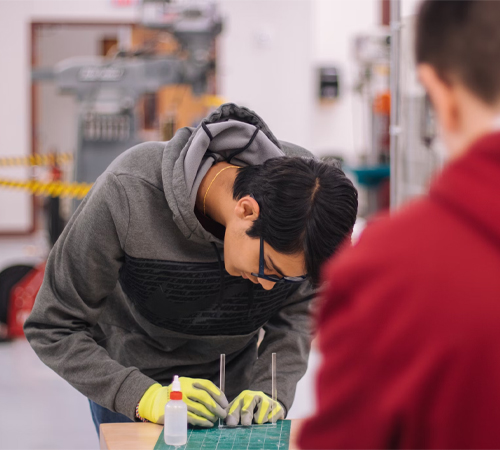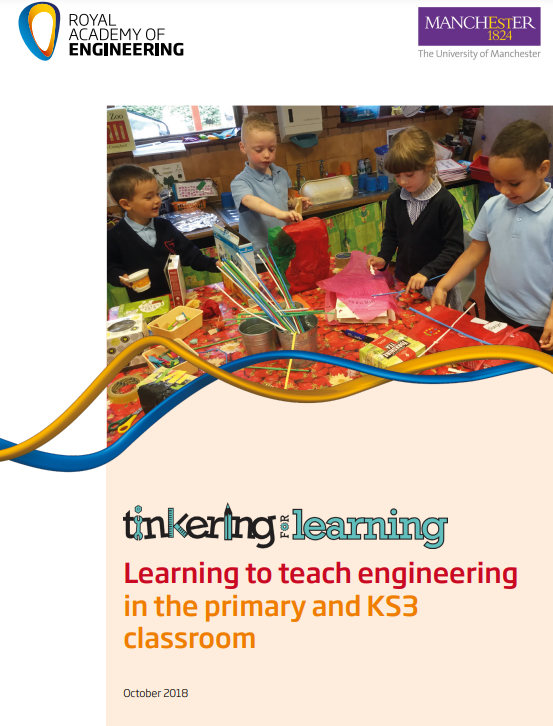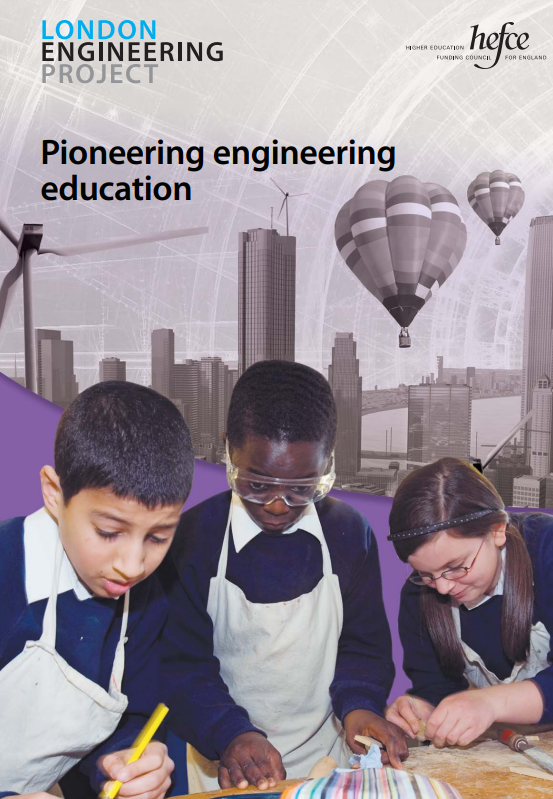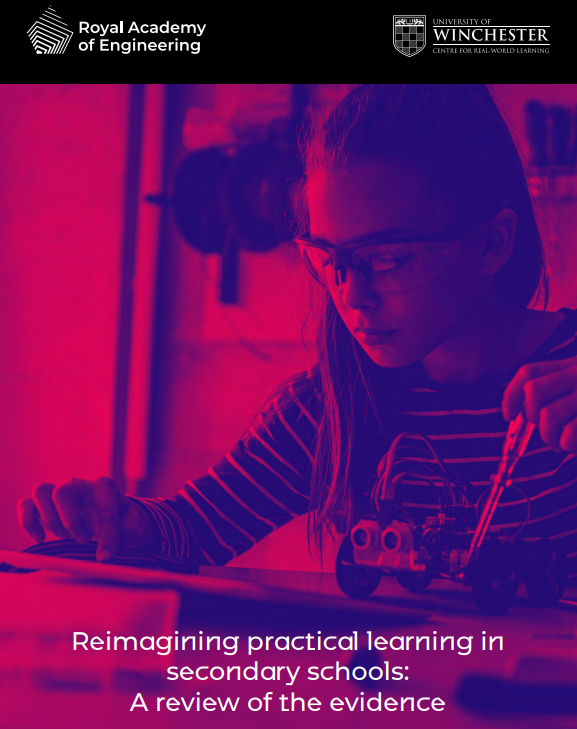Primary Education
Primary education offers the first formal experience of engineering. We are exploring how to embed engineering thinking across subjects from Design and Technology, Mathematics and ICT/Computing.
Engineering and Creativity in Schools
Engineering does not exist as a subject in schools. Creativity is a skilset that has been maligned in many years by education policy makers. Yet both are critical to solving many of the global 21st century challenges and each brings opportunities for novel, engaging effective pedagogies in the classroom.
This report, by Professor Bill Lucas and Dr Ellen Spencer of the Centre for Real World Learning, University of Winchester, explores the similarities (and differences) between the ways in which creativity and engineering can be systematically, intentionally and effectively incorporated into the curricula of all schools. It starts with the premise that engineering and creativity are often almost invisible in schools in England, yet both are increasingly valued globally as the means by which some of the intractable and complex problems faced by humanity can be solved.
In light of the 2024 Review of Curriculum and Assessment in England, this report is presented to advocate for embedding engineering principles within a broad and balanced curriculum.

Engineering the future
Design and Technology focuses on important tools used by engineers and projects that offer schools a longer exposure to engineering through the D&T curriculum. Major restrictions on the introduction of engineering at primary level through any subject include teachers’ lack of understanding of engineering and their lack of confidence to teach it, which may arise from insufficient training.
Read more about what can be done to train today’s teachers to develop tomorrow’s engineers in our report Engineering the Future: training today's teachers to develop tomorrow's engineers
Engineering Habits of Mind at KS1 and KS2
We work to explore the pedagogical approaches that lead to young children developing both the technical and thinking capacities for engineering from their infant years.
Explore the ways primary school teachers can develop teaching approaches that lead to better and more engaging learning opportunities for would-be engineers in our report Tinkering for Learning
Watch our Engineering habits of mind webinar to learn more about creative habits of mind and how reframing school subjects as engineering habits of mind can help us develop engineers in school.
Secondary Education
As children progress through secondary education, the key routes to exploring engineering are through Maths, the Sciences, D&T and Computing.
Practical learning
Between 2019 and 2022, the Royal Academy of Engineering commissioned the Centre for Real World Learning at the University of Winchester to find out more about the potential benefits of practical learning in secondary schools and to locate schools that provide examples of promising practice.
Participation
Each year, some 550,000 students across parts of the UK (England, Wales and Northern Ireland) take GCSE exams across a broad range of subjects.
Of these, around half will achieve ‘good’ grades (A*–C/9-5) in maths and two sciences – usually seen as the minimum required for progression to further study in STEM subjects at level 3 (A level or equivalent vocational qualification).
In reality, many schools require students to have an A/A* grade in maths and physics to allow students to progress with STEM subjects beyond 16, because of concerns about the transition from GCSE to A level and consequent impacts on school performance measures.
Read more about the “pipeline”, and the key points to get children to opt in to STEM occupations in our UK STEM
Education Landscape report.
Read our report Pioneering Engineering Education to review the findings of the 2005 London Engineering Project which aimed to widen participation in engineering education.
New approaches to education
Our work seeks to evaluate and reimagine the entry, assessment and attainment across engineering education.
Read our report Reimaging Practical Learning to discover how a more informed realisation of the value of practical learning in schools might drive innovation in pedagogy and so, ultimately, inspire young people to want to become engineers.
Design & Technology
There has been an ongoing decline in the number of students taking D&T since 2005/6 when it was withdrawn as a compulsory key stage 4 subject. This decline has been exacerbated in recent years – many teachers feel – because of the English Baccalaureate accountability measure on schools which focuses attention on more ‘traditional’ subjects at GCSE.
Read more about this work through the Spotlight on Design and Technology: Trend in subject take up and the teacher workforce report
Education and Skills
Learn more about our education programmes for schools and the STEM resources and training we provide for teachers.




